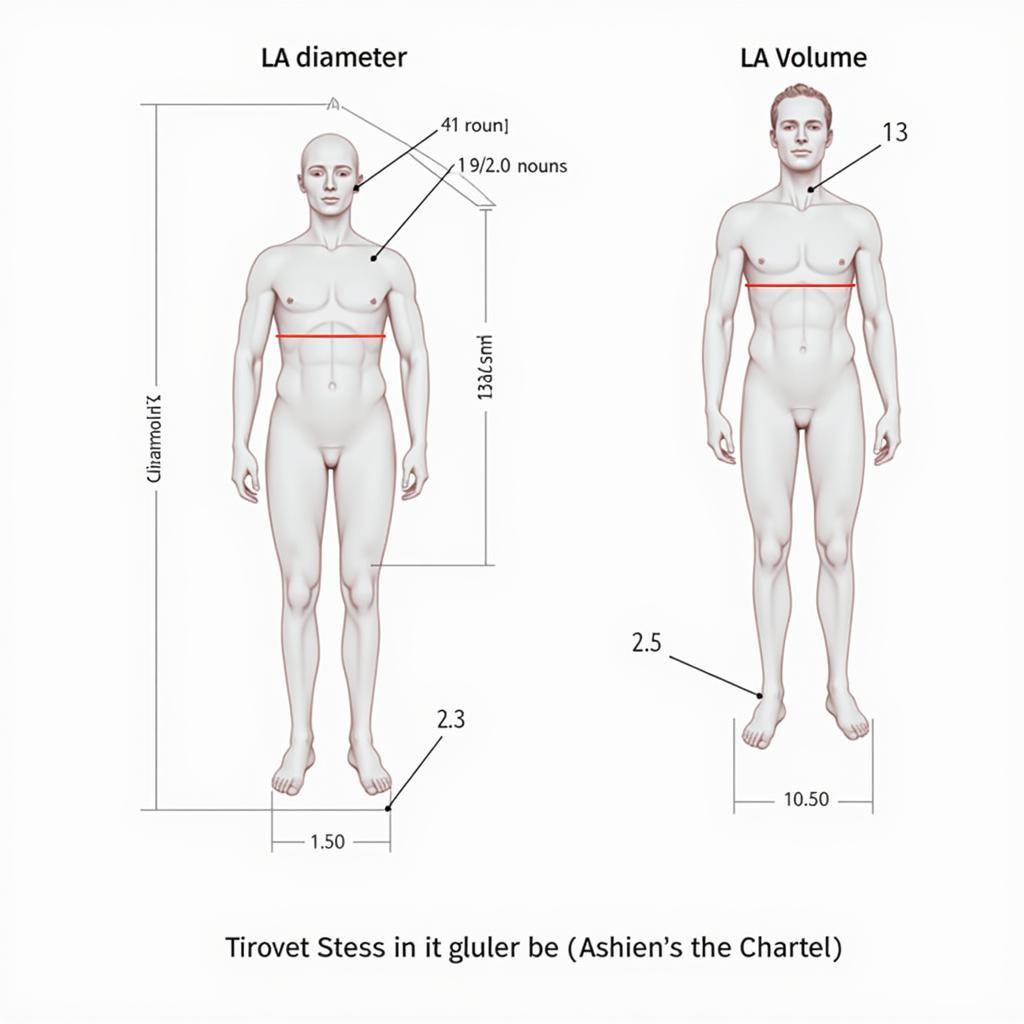The Association of Southeast Asian Nations (ASEAN) is a regional intergovernmental organization comprising ten Southeast Asian countries. At its core, the Goal Of Asean is to promote regional cooperation and integration across diverse political, economic, and socio-cultural spheres. Since its inception in 1967, ASEAN has played a pivotal role in transforming Southeast Asia from a region marked by conflict and division into a zone of peace, stability, and economic dynamism.
Pillars of ASEAN’s Vision: A Framework for Collective Action
To achieve its overarching goal, ASEAN has established three key pillars that guide its initiatives and policies:
- ASEAN Political-Security Community (APSC): This pillar focuses on fostering a peaceful and secure environment conducive to regional cooperation. It encompasses areas like conflict prevention, counter-terrorism, maritime security, and promoting human rights.
- ASEAN Economic Community (AEC): The AEC aims to establish a single market and production base, making ASEAN more competitive globally and enhancing economic opportunities for its citizens. This includes initiatives to promote trade liberalization, facilitate investment, and develop regional infrastructure.
- ASEAN Socio-Cultural Community (ASCC): Recognizing the importance of a shared identity and human development, the ASCC works towards building a more inclusive and resilient ASEAN community. It covers areas like education, health, environment protection, social welfare, and cultural exchange.
Key Objectives of ASEAN: A Roadmap for Shared Prosperity
Within this three-pillar framework, ASEAN has outlined specific objectives to advance its overarching goal. These objectives represent a shared roadmap for achieving regional peace, stability, and prosperity:
- Maintaining peace and security: ASEAN seeks to prevent conflict and build a culture of dialogue and cooperation to address regional security challenges collectively.
- Accelerating economic growth: By fostering economic integration, promoting trade, and attracting foreign direct investment, ASEAN aims to create a more prosperous and competitive region.
- Promoting social progress: ASEAN is committed to reducing poverty and inequality, improving healthcare and education systems, and promoting human rights and social justice.
- Strengthening ASEAN’s institutional capacity: To effectively implement its goals, ASEAN continuously strengthens its institutions, mechanisms, and partnerships to adapt to evolving challenges.
ASEAN’s Relevance in a Changing World: Addressing Global Challenges
In an increasingly interconnected world, ASEAN’s role extends beyond Southeast Asia. The organization actively engages in dialogue and cooperation with global partners to address shared challenges:
- Promoting multilateralism and a rules-based international order: ASEAN champions the importance of international law, diplomacy, and cooperation in addressing global issues.
- Tackling climate change and promoting sustainable development: ASEAN recognizes the urgency of climate action and is committed to pursuing sustainable development pathways.
- Addressing transnational challenges: From combating terrorism and pandemics to managing migration and cybersecurity threats, ASEAN fosters regional cooperation to address challenges that transcend national borders.
ASEAN’s Future Outlook: Opportunities and Challenges
As ASEAN progresses towards its goals, it encounters both opportunities and challenges:
Opportunities:
- Economic integration and growth: The AEC presents significant potential for economic growth, attracting investments, and creating jobs.
- Digital transformation: ASEAN is embracing the digital economy, fostering innovation, and leveraging technology for development.
- Growing middle class and consumer market: ASEAN’s expanding middle class presents lucrative opportunities for businesses and investors.
Challenges:
- Geopolitical tensions: Regional and global power dynamics create challenges for ASEAN’s neutrality and unity.
- Development gaps: Significant disparities in development levels among member states require tailored approaches to ensure inclusive growth.
- Non-traditional security threats: ASEAN needs to enhance its capacity to address emerging challenges such as cyberattacks, pandemics, and climate change impacts.
Conclusion: ASEAN’s Enduring Vision
The goal of ASEAN is to foster a more integrated, peaceful, and prosperous Southeast Asia. By working collaboratively, ASEAN member states strive to overcome challenges, seize opportunities, and build a brighter future for their citizens and the world. ASEAN’s journey is a testament to the power of regional cooperation in fostering peace, stability, and shared prosperity. As the region navigates a complex global landscape, ASEAN’s commitment to dialogue, collaboration, and a rules-based order remains crucial in advancing its goals and shaping a more sustainable and inclusive future.
FAQ
What is the primary goal of ASEAN?
The primary goal of ASEAN is to promote regional cooperation and integration among Southeast Asian countries.
What are the three pillars of ASEAN?
The three pillars of ASEAN are the ASEAN Political-Security Community (APSC), the ASEAN Economic Community (AEC), and the ASEAN Socio-Cultural Community (ASCC).
How does ASEAN contribute to global peace and security?
ASEAN promotes dialogue, cooperation, and a rules-based international order, advocating for peaceful resolutions to conflicts and addressing shared security challenges.
What are some of the challenges faced by ASEAN?
ASEAN faces challenges such as geopolitical tensions, development gaps among member states, and non-traditional security threats like pandemics and climate change.
How can I learn more about specific ASEAN initiatives and programs?
For more in-depth information about ASEAN’s activities, you can visit the official ASEAN website or explore our other articles on Asean Media covering various aspects of the organization’s work.
Need Assistance?
Contact us at Phone Number: 0369020373, Email: [email protected] or visit us at our address: Thon Ngoc Lien, Hiep Hoa, Bac Giang, Vietnam. Our customer service team is available 24/7.


